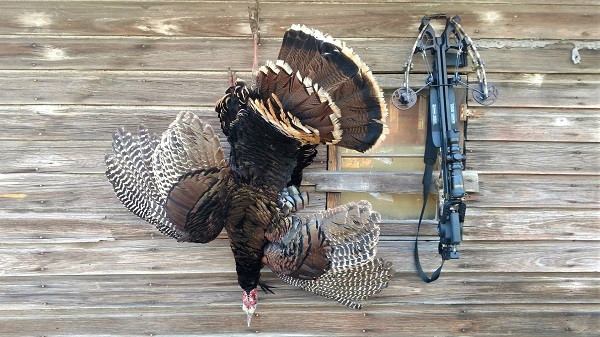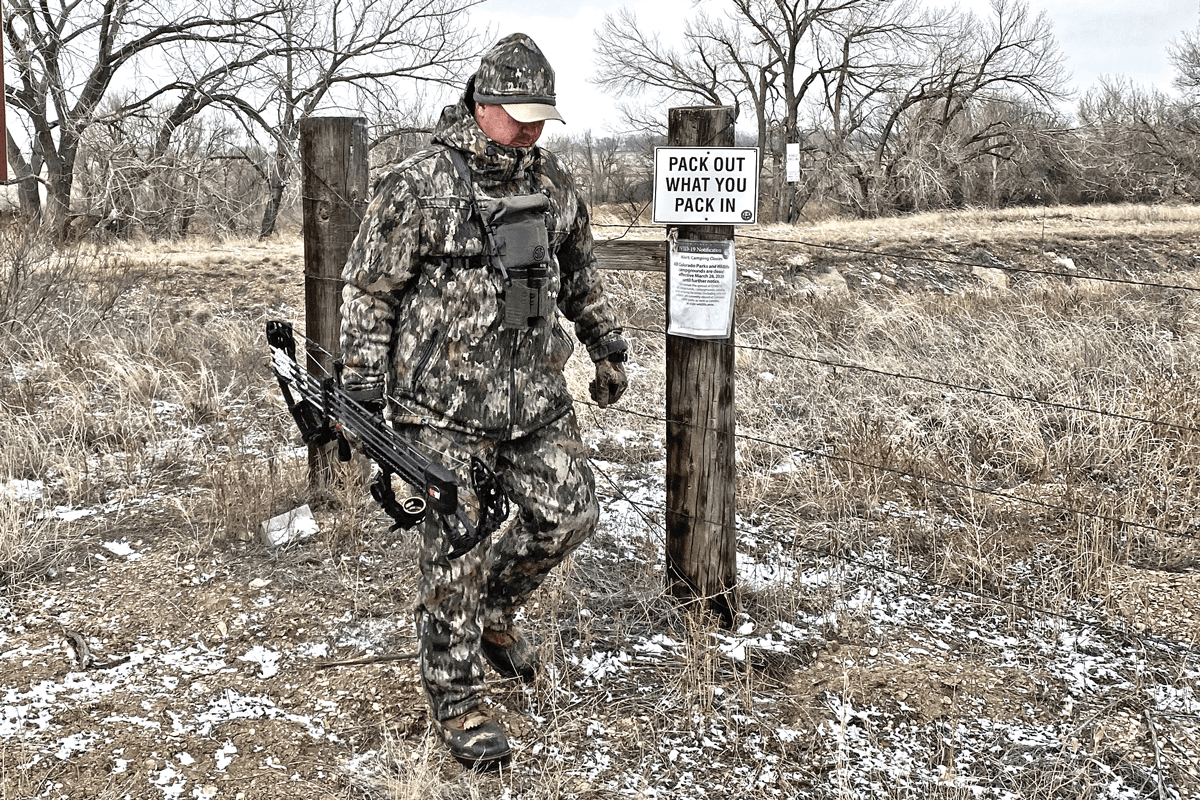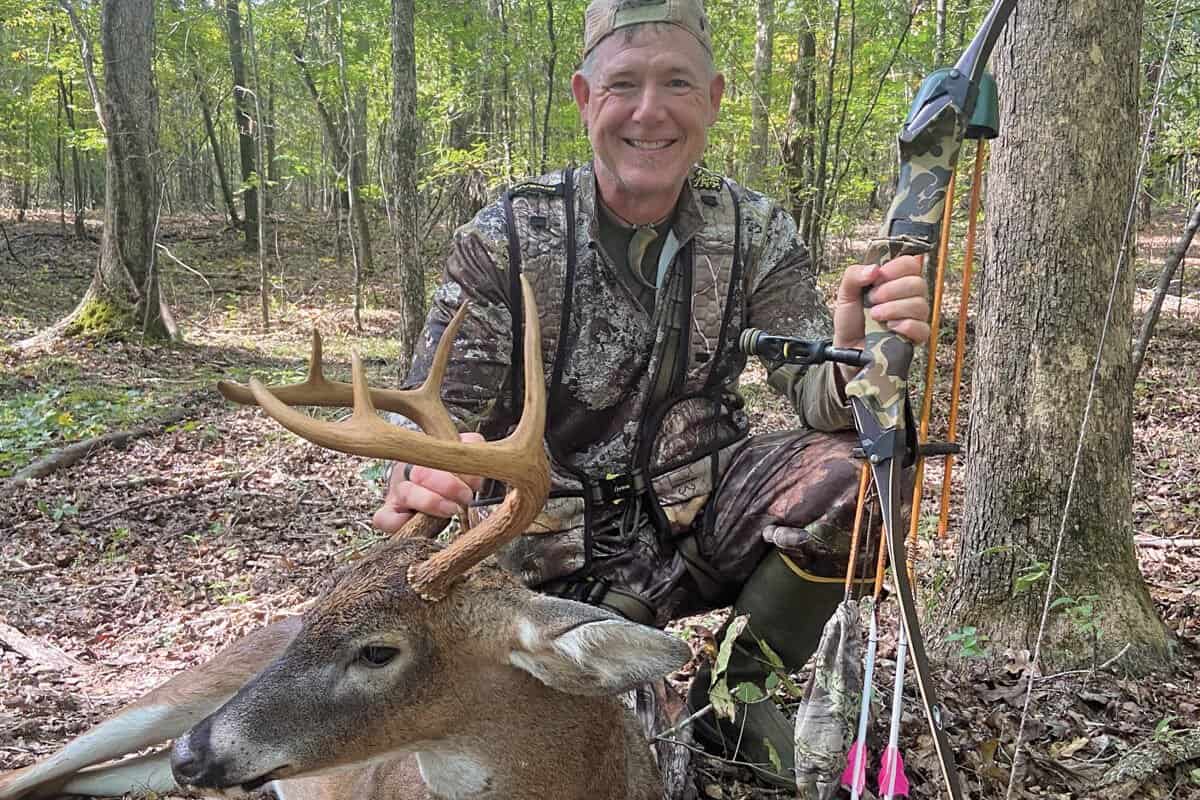Deer hunting is the practice of pursuing and killing deer for food, sport, or management. It requires skill, knowledge of deer behavior, and proper licensing.
Engaging in deer hunting offers both recreational and conservation benefits, as it helps maintain healthy deer populations and natural habitats. Ethical hunters abide by regulations, use appropriate equipment, and often follow a tradition handed down through generations. As a pursuit deeply rooted in many cultures, deer hunting also has a significant economic impact, supporting outdoor industries and local economies.
For those interested, it’s vital to invest time in learning about deer species, local laws, safety, and sustainable hunting practices. By doing so, hunters can ensure a responsible approach to this time-honored activity.

Credit: harvestingnature.com
Essential Gear Checklist
Heading into the woods for deer hunting? Your experience depends on preparation. Smart hunters know the Essential Gear Checklist. It sets the stage for a rewarding hunt.
Weapon Of Choice
Choosing the right weapon marks the start of your checklist. Bows offer a stealth approach. Rifles bring power and range. Consider your hunting style. Compile the necessary permits for your chosen weapon. Ensure your weapon is clean, functional, and ready.
Ammunition And Accessories
Your ammo should match your weapon and the game. Check your bullet or arrow type. Consider your supply for the trip length. Extra accessories might include:
- Scope – for accurate long-range shots
- Binoculars – to spot deer from afar
- Range finder – to judge distances accurately
- Sling or holster – for easier transport
- Silencer – where legal, for stealth
Ensure your gear fits well together. A good hunter is a prepared hunter.

Credit: www.tenpointcrossbows.com
Dressing For The Hunt
The right gear can make or break a deer hunting expedition. Dressing for the Hunt isn’t just about blending in with the environment or staying warm. It’s a strategic decision that affects both comfort and success rates.
Weather-appropriate Clothing
Staying comfortable outdoors starts with weather-specific attire. Every hunter knows the importance of staying warm, but what does that entail?
- Layering is key – start with a moisture-wicking base layer to keep sweat at bay, add an insulating mid-layer, and top it off with a waterproof outer layer.
- Choose fabric wisely. Materials like wool and specialized synthetics offer warmth even when wet.
- Accessories such as gloves, hats, and insulated boots are not to be overlooked. They ensure extremities are protected against the cold.
Camouflage And Visibility
Camouflage helps hunters merge with surroundings. But visibility to other hunters is equally crucial for safety.
| Aspect | Camouflage | Visibility |
|---|---|---|
| Function | Mimic the environment | Stand out to humans |
| Types | Woodland, marsh, brush | Bright orange vests and caps |
| Selection | Match the local flora | Required by law in many areas |
Ensure your camouflage works for the environment but include high-visibility elements to alert fellow hunters.
Navigating The Wilderness
Navigating the wilderness requires skill and proper tools. For deer hunters, mastering the art of orientation can mean the difference between a successful outing and getting lost in vast forests. This section explores tools and techniques that ensure you stay on track during your hunting adventures.
Maps And Gps Devices
Digital and paper maps guide hunters through unfamiliar terrain. Modern hunters often rely on GPS devices for real-time location tracking and route planning. These devices come with features like:
- Topographic information for understanding terrain
- Waypoint marking to note interests or track game
- Easy sharing of locations with hunting partners
Always carry a physical map even if you have a GPS. Batteries can fail, but a paper map and reliable compass are foolproof.
Compass Skills And Techniques
Basic compass skills are essential in the wilderness. Learn to read the compass and align with a map for accurate navigation. Keep these points in mind:
- Identify the magnetic north and true north.
- Practice setting bearings and following them.
- Use landmarks to stay oriented.
Regular practice will make these techniques second nature. Remember, the best tool is the one you know how to use.
Deer Scouting Tactics
Before the hunting season starts, knowing where to find deer is key. Smart deer scouting tactics can make all the difference. This post explores effective ways to scout for deer, giving hunters the upper hand.
Trail Cameras And Their Use
Trail cameras are a hunter’s best friend when it comes to scouting. These cameras work 24/7, capturing images or videos of deer movement.
- Choose the right spot: Set cameras near trails, food sources, or water holes.
- Stay hidden: Place cameras high and camouflage them.
- Check regularly: Swap out memory cards and batteries often.
Reading Deer Signs
Finding and understanding signs of deer activity is crucial. These signs tell stories about deer behavior and habits.
| Type of Sign | What It Tells You |
|---|---|
| Tracks | Indicate deer paths and sizes |
| Rubs | Show buck presence and territory |
| Scrapes | Signal breeding readiness and timing |
| Droppings | Reveal feeding areas and times |
Walk quietly and look for fresh signs. Evidence of recent activity boosts chances during the hunt.
Safety Measures And Ethics
Deer hunting is an age-old tradition that requires skill, patience, and responsibility. Safety measures and ethical considerations are paramount in this pursuit. Hunters owe it to themselves, others, and the deer to be diligent in these areas.
Hunting Laws And Regulations
Knowing the laws is essential before setting out on a hunt. Rules differ by region, and hunters must understand these variations. Each state provides a hunter’s guidebook. This guidebook lists all necessary legal information. It includes:
- Season dates: When hunting is legal.
- License requirements: Necessary permits and hunter education.
- Bag limits: How many deer one can legally take.
- Equipment regulations: Legal firearms and bows.
Always carry a valid hunting license. Report any rule violations to authorities. Respecting these laws ensures sustainable hunting practices.
First Aid Essentials
A ready-to-use first aid kit is crucial for safety. Accidents happen and being prepared can save lives. Your kit should contain:
| Item | Use |
|---|---|
| Bandages & Gauze | For cuts or lacerations |
| Antiseptic Wipes | To disinfect wounds |
| Medical Tape | To secure gauze or bandages |
| Tweezers | For splinter or tick removal |
Include personal medications and know how to use every item in the kit. It’s also wise to take a basic first aid course. This way, you can help yourself and others.
After The Shot
Deer hunting requires skills, patience, and knowledge. Once a deer is shot, the real work begins. Ensuring an ethical and responsible approach after pulling the trigger is vital. This part of the hunt deeply respects the animal and the sport. Let’s explore the critical steps to take immediately following a shot.
Tracking Wounded Deer
Tracking is a crucial skill that determines the outcome after the shot. Always mark the location where the deer was hit and watch its escape route. Look for signs like blood trails, broken twigs, or disturbed leaves to guide you.
Here’s a simple guide to follow:
- Remain quiet and give the deer time to lay down if it’s not immediately down.
- Observe the type and color of blood to estimate shot placement.
- Use tracking ribbons to mark your path without damaging the environment.
- Recruit a buddy to help, two sets of eyes are better than one.
Field Dressing And Transport
After successfully tracking, you must field dress the deer. This step is essential for preserving the meat. Approach the deer cautiously, confirm it’s expired before getting to work.
- Prepare your tools: sharp knife, gloves, and a large bag for the organs.
- Cut around the genital area, careful to avoid puncturing the intestines.
- Open the body cavity and remove all internal organs.
- Drain the blood and cool the carcass quickly.
Proper transport is next. Here’s a quick checklist:
| Task | Details |
|---|---|
| Tag the Deer | Ensure the deer is legal with a proper tag as per regulations. |
| Load Carefully | Use a cart, vehicle, or sled to limit physical strain. |
| Keep it Cool | Protect from heat to prevent spoilage during transport. |

Credit: www.bowhunter.com
Frequently Asked Questions For Deer Hunting
What Is The Best Deer Hunting Season?
The prime season for deer hunting typically falls in the autumn months. This is when deer are most active due to the breeding season, known as the rut, which generally occurs from October through December, varying by region.
Where Can I Find The Best Deer Hunting Locations?
Top deer hunting locations are often found in areas with abundant forests and fields, providing natural cover and food sources. Regions such as the Midwestern United States, including states like Wisconsin, Iowa, and Illinois, are renowned for deer hunting.
What Equipment Is Essential For Deer Hunting?
Essential deer hunting equipment includes a reliable firearm or bow, appropriate camouflage clothing, a hunting license, and a good pair of binoculars. Knowledge of local regulations and safety practices is also critical for a successful hunt.
How Do I Attract Deer While Hunting?
Attracting deer can be done using various methods, such as using deer calls, scents, and lures. Food plots or bait can also be effective, but be sure to check local laws as these practices may be regulated or prohibited.
Conclusion
As we close this discussion on deer hunting, let’s recap the key points. Proper preparation, ethical practices, and safety are paramount. Whether you’re a seasoned hunter or new to the sport, respecting nature and regulations ensures a sustainable future. Happy hunting and stay safe out there.


